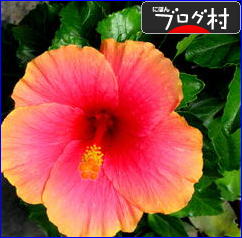Am8 - Pm10, Over Offer:" At anytime ."
タロットカード の 使い方. 方.
"YOU TUBE" : Original music
https://www.youtube.com/watch?v=KqRNzkwEzXA
How to use the Tarot cards !
★ オリジナルソング” It's your turn"
怖い話
https://www.facebook.com/permalink.php?story_fbid=1295473137187509&id=380909655310533000000&aymt_tip=0&ref=aymt_homepage
_panel
…
日記を書く - 楽天ブログ (rakuten.co.jp)
京都駅・八条口から、京都占い”魔法使いの家”を探す。
How to find out the WITCH'S 'HOUSE in Ky
oto from the Hachijo entrance of Kyoto station,
ロータス in Kyoto
今出川あたり 作曲 演奏 綾小路ひみこ - YouTube
魔法使いのつぶやき ロータス in Kyoto 烏丸あたり - YouTube
魔法使いのつぶや - YouTube メロデイ―のみ
魔法使いのつぶやき 1 - YouTube
魔法使いのひとりごと。 - YouTube
魔法使い in Kyoto. 三年坂 - YouTube
魔法使い in Kyoto. 三年坂2 -
YouTube
魔法使い in Kyoto 2年坂 - YouTube


成長投資枠とはキャピタルゲインのことですか?

成長投資を始めるためには、以下のステップを考慮してみてください。
成長投資:ステップバイステップガイド |The Motley Fool
2024年に投資を始める方法:初心者のための5ステップガイド-NerdWallet
スタートアップへの投資方法:総合ガイド - Crunchbase
2024年にお金を投資し始める方法|The Motley Fool
新NISA制度には「成長投資枠」と「つみたて投資枠」の2つがあります。どちらを選ぶかは、あなたの投資目標やスタイルに合わせて判断することが大切です。以下にそれぞれの特徴をまとめてみましょう。
魔法使いの家 http://nttbj.itp.ne.jp/0756815227/index.html?
★"心のホ-ムレス"、
http://www.youtube.com/watch?v=ebIu3YunYbw
" あなたが、あなたであるため
http://www.youtube.com/watch?v=CiX1-wTMURs
http://www.youtube.com/watch?v=JudT2HrzSMs

-
京都占い・魔法使いの家 Mar 19, 2024









